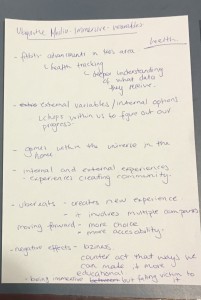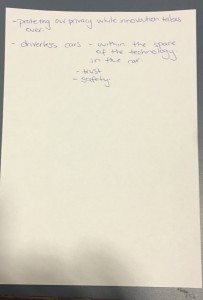Howard Gardener Five Minds for the Future explores the necessity of the five minds that humans will need to adapt in order for the race and human being as whole to survive. These minds each differ from each other and ultimately combined together are a whole well rounded person. These future minds are as outlined by Gardener:
- The Disciplined Mind- mastery of major schools of thought and of at least one professional craft.
- The Synthesising Mind- ability to integrate ideas from different disciplines or spheres into a coherent whole and to communicate that integration to others.
- The Creating Mind- capacity to uncover and clarify new problems, questions and phenomena.
- The Respectful Mind- awareness of the and appreciation for differences among human beings.
- The Ethical Mind- fulfilment of one’s responsibilities as a worker and a citizen.
These minds are the cornerstone of the future human being and it is largely influenced by the willingness and necessity of learning and education, whether this be via traditional forms of education. Or via other methods such as peers and parents and of course the media. The media is a major and highly influential driving force within todays society but as it is ever going at such a rapid rate it can only influence our minds more and more. Gardner’s approach in my opinion is understandable as I feel that these ‘minds’ are what people of today are trying to achieve but his thoughts on the way education is being utilised to achieve these mind goals I believe are sound. That we should be educating our students in all areas not just academic specific ones. Allowing them to be tolerant, scientific, artistic, respectful and conflict resolvers will ensure that these five minds are achieved and the future image of a human is painted.
Howard Gardner, 2007, ‘Minds Viewed Globally: A Personal Introduction’ in Five Minds For the Future, Harvard Business School Press, Boston, ch.1.


